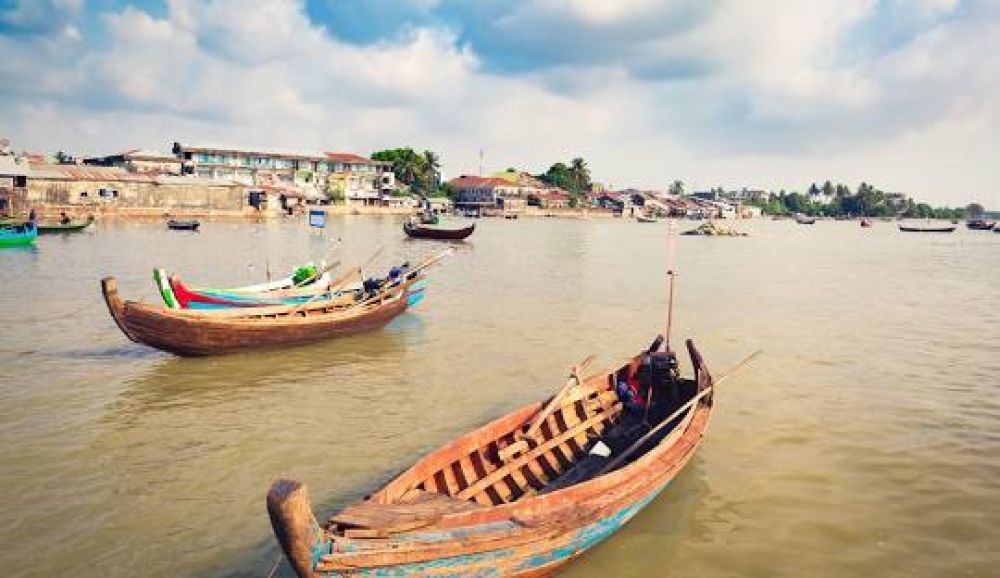

Known for its cultural richness and striking landscapes, Sittwe is the capital city of the Rakhine state in Myanmar, often referred to as the gateway to the much-revered Aran Islands. With a history entwined with colonial trade, Sittwe, formerly known as Akyab, has long been a melting pot of Buddhist, Muslim, and colonial influences, which is reflected in its diverse architecture and local customs.
During the British colonial period, Sittwe emerged as an important port city due to its strategic position on the Bay of Bengal. This era saw increased infrastructural development, with significant British and Indian influences shaping the social and architectural landscape. The prominence of Sittwe as a hub for the exchange of goods attracted traders and tourists alike, eager to engage with the region's commerce and cultural offerings.
In the latter part the 20th century, with Myanmar slowly opening up to international visitors, Sittwe began attracting the attention of intrepid travelers. The city's tourism potential has always been tied to its rich historical heritage, diverse population, and the serene beauty of the surrounding Rakhine state. The iconic Sittwe Point, also known as "The Viewpoint", which overlooks the confluence of the Kaladan River and the Bay of Bengal, became a prime location for witnessing breathtaking sunsets.
The new millennium brought with it a burgeoning interest in Myanmar's untouched landscapes and unique cultural sites. Sittwe, as a part of this allure, saw a rise in tourist arrivals seeking to explore not just the city but also adjacent attractions such as the ancient city of Mrauk-U. The region's tourism infrastructure developed with the establishment of hotels, restaurants, and improved transportation networks to cater to the growing influx of tourists.
While Sittwe saw a period of growth in tourism, it has also faced significant challenges, particularly in the form of political instability and humanitarian issues within the state of Rakhine. These events have impacted international perceptions and, consequently, tourist numbers. However, in recent years, community-based tourism initiatives have emerged, promoting sustainable travel experiences that are respectful of the local people and their traditions.
Today, tourists interested in engaging with Sittwe's rich past often visit the Sittwe Cultural Museum and the bustling fishing markets. Maintaining a balance between tourism growth and the protection of Rakhine's fragile cultural and environmental fabric remains a central focus for local stakeholders.
Moving forward, there is optimism that Sittwe can regain its status as a must-visit destination for culturally and ecologically sensitive travelers. Responsible tourism practices are being encouraged to ensure that visitors leave a positive impact on Sittwe's communities while garnering authentic experiences. Preserving its heritage and fostering goodwill between visitors and locals remains at the heart of Sittwe's tourism strategy.
For travelers planning to visit, it's important to be aware of the current travel advisories, respect local customs, and contribute to the local economy in positive ways. Engaging with local guides and using eco-friendly services will augment both the experience of the trip and the sustainable development of Sittwe's tourism sector.